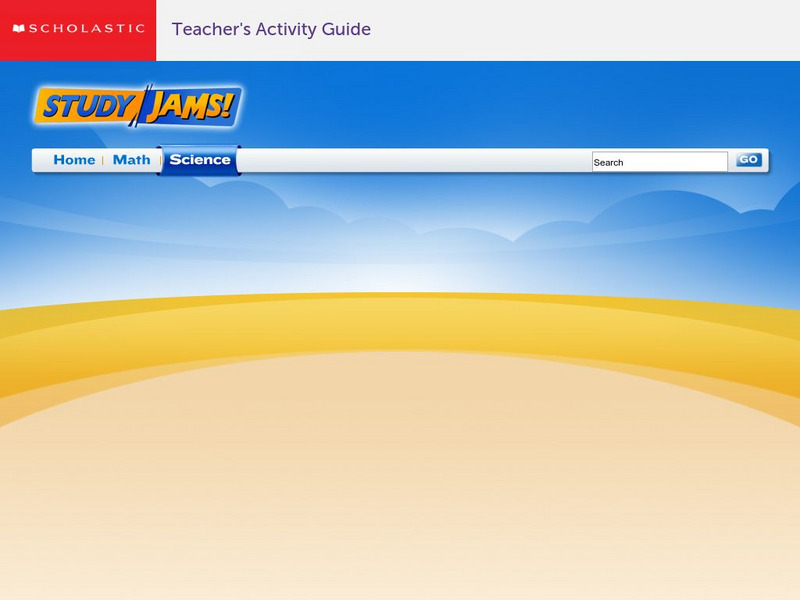Curated Video
Gears Explained - mechanical engineering
Gears explained. Learn what are gears, driver gear and driven gear, gear ratios, why we need gears, torque and mechanical advantage in this video on mechanical engineering.
FuseSchool
Newton's First Law
Newton's First Law | Force & Motion | Physics | FuseSchool In Physics we have three fundamental Laws of Motion created by Sir Isaac Newton way back in the 17th century. Today we are looking at the first law of motion, sometimes called...
FuseSchool
Velocity Time Graphs
Velocity Time Graphs | Force and Motion | Physics | FuseSchool In this video we are going to go through the differences between Speed and Velocity and how we might plot these out over time. CREDITS Animation & Design: Jean-Pierre Louw...
PBS
Pbs Learning Media: Invisible Forces
Sometimes it is challenging to comprehend the forces that affect our everyday life because most forces we cannot see. This video segment from SPARK shows how one scientist/artist makes them visible. [5:13]
Other
Math Tutor Dvd: Uniform Motion in Physics, Part 1
Watch this video tutorial to learn about the simplest type of motion in physics, uniform motion, in which the acceleration is zero and the velocity during the motion is a constant. [18:24]
PBS
Pbs Kids Clubhouse Adventures: Clubhouse Theme: What Are Tools?
Abby Brown, KIDS Clubhouse Adventures co-host, loves to help kids have fun while learning! In this segment, Abby teaches kids how tools can help with a variety of jobs, and that it's important to have the right tool for the job! [2:03]
Science for Kids
Science Kids: Sports Videos: The Happy Gilmore Golf Swing
Analyze the science behind the Happy Gilmore golf swing with the help of top golfer Padraig Harrington. [7:21]
Scholastic
Scholastic: Study Jams! Science: Force and Motion
A video and quiz on how force must overcome inertia in order to produce motion.
Bozeman Science
Bozeman Science: Motion
Mr. Andersen describes motion as the movement of an object over time. An experiment in motion is used to calculate velocity and acceleration of a tennis ball. [8:46]
Bozeman Science
Bozeman Science: Gravitational Forces
Award-winning science teacher Paul Andersen helps make physics understandable as he explains how gravitational forces differ from the other three fundamental forces: electromagnetic, and strong and weak nuclear forces. [5:05]
Bozeman Science
Bozeman Science: Physics Essentials 58: Motion of the Center of Mass
Award winning science teacher, Paul Andersen, explains how linear motion of an object can be measured using the center of mass in this interesting and informative video [4:46]
Bozeman Science
Bozeman Science: Position, Velocity & Acceleration
In the following video Paul Andersen explains for the position of an object over time can be used to calculate the velocity and acceleration of the object. If a net force acts on a object it will experience an acceleration. [7:55]
Bozeman Science
Bozeman Science: Angular Momentum of a System
In the following video Paul Andersen explains how the angular momentum of a system can be calculated by determining the angular momentum of all individual objects within the system. [6:34]
Bozeman Science
Bozeman Science: Angular Impulse
In the following video Paul Andersen explains how the change in angular momentum is equal to the torque applied over a given time. [4:54]
Sophia Learning
Sophia: Bouncing & Impulse
This lesson explains why bouncing objects impart a greater impulse.
PBS
Wgbh: Peep and the Big Wide World: Watch and Discuss: The Whatchamacallit
Peep, Chirp, and Quack discover the thrill of zipping down a slide- quite accidentally! [8:49]
PBS
Wgbh: Peep and the Big Wide World: Watch and Discuss: Snow Daze
Peep and his friends, Chirp, Quack, and Beaver Boy discover the fun of sliding down a snowy hill. [8:48]
Other
Minute Physics: How Bikes Work: How Do Bikes Stay Up?
"Look Mom! No Hands!" Check out the physics behind how bicycles work. Minute Physics illustrates the actions of a bike staying upright while in motion and debunks one of the most common layman's theories. [3:57]
Khan Academy
Khan Academy: Tension: Tension in a Accelerating System and Pie in the Face
The second part to a complicated problem. We figure out the tension in the wire connecting two masses. Then we figure our how much we need to accelerate a pie for it to safely reach a man's face. [9:28]
Khan Academy
Khan Academy: Slow Sock on Lubricon Vi
What would happen to a slowly moving frozen sock on a frictionless planet?
Khan Academy
Khan Academy: Light and Fundamental Forces: Four Fundamental Forces
A video lecture giving an overview of the four fundamental forces of the universe. Learn about gravity, weak interactions, electromagnetic force and strong force. [10:29]
Khan Academy
Khan Academy: Ap Physics 1 Review of 1 D Motion
In this video, review 1D motion for AP Physics 1. Review over the concepts covered in the course on in 1D motion. Concepts are reviewed conceptually and example problems worked. [16:02]
Khan Academy
Khan Academy: Ap Physics 1 Review of Forces and Newton's Laws
Review the topics of forces and Newton's Laws covered in AP Physics 1 in this video. Each topic reviews both concepts and an example problem. [17:15]
Khan Academy
Khan Academy: Force vs. Time Graphs
Investigate how to use force vs. time graph to find the change in momentum in this video. See how to solve an example problem to find the final velocity of a spaceship. [8:13]




















